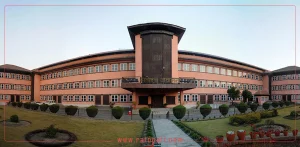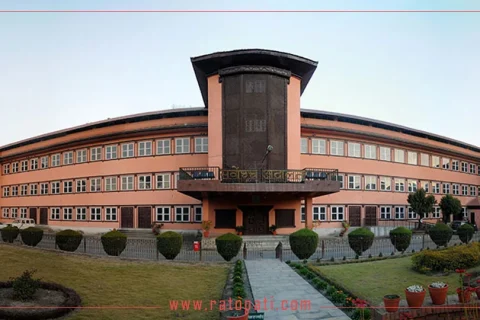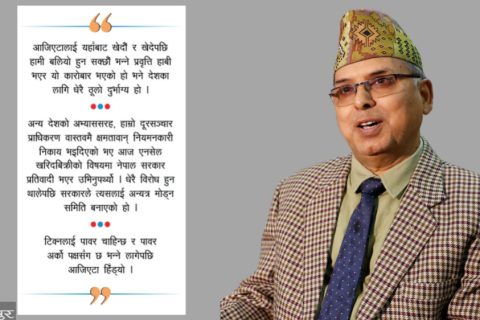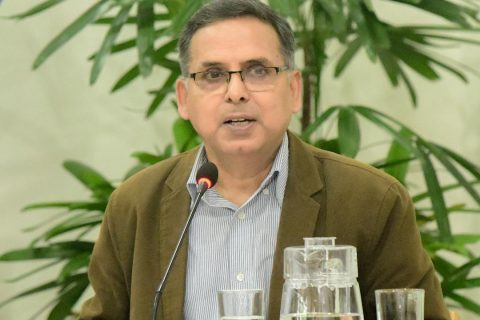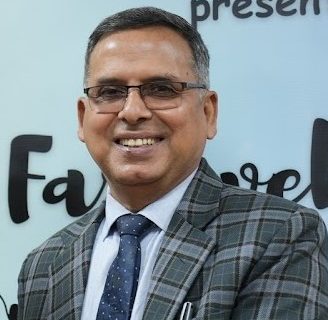India is closely watching the developments in neighbouring Nepal where the Supreme Court’s decision to reinstate the parliament that was dissolved at the recommendation of Prime Minister KP Sharma Oli has brought on a fresh political crisis.
The first order of work for the reinstated parliament will be the formation of a new government, as the Nepal Communist Party with 173 members in the 275-member Lower House has split and there is no immediate likelihood of the two factions coming together.
According to sources, it is unlikely that Oli, who is from the Nepal Communist Party, will resign and he is ready to face a no-confidence motion.
At this point, the Nepali Congress party is being seen as kingmaker as it has been in talks with Oli for a coalition government after the parliament was dissolved.
However, how the process of formation of a new government moves ahead will depend on the steps that Oli takes, according to political observers in Kathmandu.
India, which had hosted Nepal’s foreign minister a few months ago in a sign of continuity in ties despite the parliament’s dissolution, is observing the developments closely, ET has learnt.
A no-confidence motion needs signatures of at least 25% of the members of the House of Representatives, or the parliament. For a no-confidence motion to pass and to form a government, the number is 138.
Oli–now the caretaker prime minister–has 80 lawmakers on his side, and the support of the Nepali Congress, which has 63 seats, can help him become prime minister again. But this may not be easy, as the Prachanda faction of Nepal Communist Party is wooing the Nepali Congress.
“Oli became a caretaker prime minister the day he dissolved the House and there is no need for a caretaker prime minister to resign,” Bipin Adhikari, former dean at the Kathmandu University School of Law, told The Kathmandu Post, a leading daily. “The president can call for the process for the formation of the new government once the session of the Lower House commences.”
Also, if the PK Dahal faction of the Nepal Communist Party (90 members), the Nepali Congress (63) and the Janata Samajbadi Party (32) come together, they will make up 67% of the Lower House.
But for that to happen, the Nepal Communist Party has to split legally first. Although the party has seen a split, legally it is still one, as the Election Commission continues to recognise Oli and Dahal as its chairs. The crisis is far from over, sources said from Kathmandu.
Oli, meanwhile, is in consultations with his National Security Council following the rise in threat perceptions in the backdrop of the Supreme Court’s decision.
The Nepal crisis is reminiscent of the situation after the 1994 general election which yielded a hung parliament, as well as those following the first and second Constituent Assembly elections of 2008 and 2013 when no party had a majority. Coalition governments and frequent changes of government were the order of the day.


